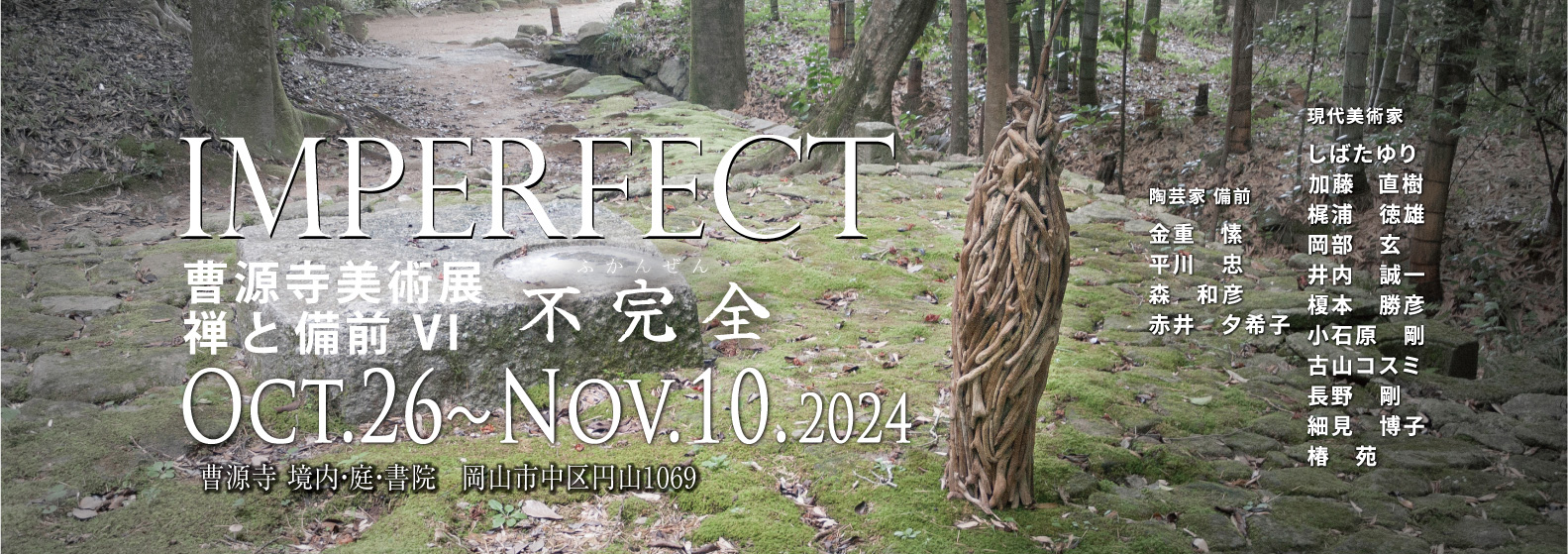On the wall right side of my workdesk I have a frame with three Kanji characters; 游極芸.
It says an art becomes true art by accepting all plays. An analogy is driving a long distance by your car. As you may know well by experience that if the steering wheel had no play, your journey would be a very unpleasant and difficult one. Simple translation of English word ‘play’ comes in two Kanji characters with subtle difference in style and meaning. 遊(pronounced yuh or asobu)is used to mean ‘play’ as in play ball and play ground, while 游 (pronounced the same) means a status of being able to find one’s inner self once having observed different natural environment, difference in tones of colors and different life styles and customs in places beyond rivers and oceans. An old saying thus says, “Have your loving child travel”.
The famous Ukiyoe artist “Toshusai Sharaku (aka Katsushika Hokusai) moved 93 times in his life. During the socially convoluting 19th century in Europe, Beethoven moved more than 80 times. I have but to believe frequent moves must have put significant influence on their undeniable achievement in art.
There exists a more profound interpretation in the three character phrase: The first two characters if bracketed as; “[游極]芸“, another interpretation becomes clearer. [游極] is the horizontal rafters supporting the roofing structure. Needless to say, it is the most important part for a building to last hundreds of years. In olden days, columns, beams and rafters were never cut out square for nailing, which is the standard practice today. In the past building craftsmen used to apply any lumber parts even twisted or bent, knowing that each piece would sustain by cancelling external forces jointly and mutually among all the pieces. Experienced craftsmen had the foresights for unexpected force of the nature.
I invite the readers to study the two photos here. The shots are of the platform in the precinct of the Fukudenkai repose mound, Hanaguri Tsuka, for cows and oxen, the campus located just east of the Kibitsu Shrine.
The platform was said to be used for Shinto dances, called Kagura, for local residents. The building has no walls nor doors and is open to all weather, but the building shows no structural decay or damage of any kind.
As the two character word, 游極, indicates boldly bent pine lumbers are linked by the beam for the full length of the building. And the beam has been managing the bending pine rafters
expanding and contracting so that distortions would compensate with each other over the years to keep the entire structure perfectly balanced. That was exactly the drawing mentally recorded in the master carpenter’s mind.
I would ask all artists not just to ride on the trendy presentations and fancy finger works, but to create something that will excite future generations; like Sharaku and Beethoven are doing.
Yosuke Usui
Director, Bizen Ware Museum

